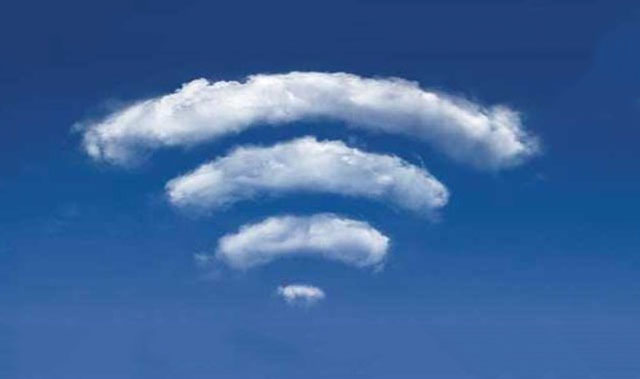
In the developed world, Internet access is getting close to saturation point, with the proportion of those online in many countries in the West approaching 80% for fixed broadband access and 30% on mobile phones.
On the other hand, in the developing world the proportion is much smaller, although the cheaper costs of deploying mobile phone networks means that access through phones exceeds that through fixed lines.
Despite the falling costs of technology, there appears to be a gap in all areas which is hard to close, and this seems to reflect a price below which telecoms companies will not go.
There have been some experiments where Internet access has been provided by governments or as not-for-profit schemes. These appear to show that, for those people still without Internet access who would actually like to be connected, there are good reasons to provide it to them, and ways to go about doing so.
First, there’s a benefit to society that having as much of the population that wish to be online as possible brings, and it can be measured economically. In the UK, the Internet economy is worth £82bn/year, where every £1 spent returns £5. It has been estimated savings of £3bn/year could be made if UK public services were delivered online. In developing countries, the value to farmers of information such as the weather forecast or best market price for goods is enormous. And the educational value of Internet access is generally acknowledged, although not universally so.
The obvious answer is to provide Internet access for free. But this may not be ideal. In the US, when local governments tried this, commercial Internet access providers brought cases to court, claiming unfair competition. In the UK, the experiment with Public Access Wi-Fi Service (Paws) in poor urban areas found very little uptake from the target audience, although there was much more interest in rural areas.
This implies we need to think carefully about incentives as well as social and economic safeguards. A new group within the internet standards community was founded a year ago to tackle these problems. With members drawn from all over the world, the Global Access to the Internet for All (GAIA) research group estimates that it could be possible to provide current typical mobile and fixed Internet access speeds for about 10 times less than typical current prices in developed nations, achieved by more connection sharing and greater peer-to-peer usage to reduce core network demands. This would go a long way to enabling those not on the Internet today to benefit from what the rest of us already take for granted.
Sharing costs
Under the Paws project, it was shown that it was perfectly feasible to share existing fixed broadband infrastructure such as home routers using ADSL or cable for Internet access, via Wi-Fi. Re-using the existing, expensive hardware and infrastructure — the telephone network, exchanges, cables, and routers — is one way to reduce the cost of adding users to the network.
By providing priority access for the primary users over subsequently added, secondary users the costs of are spread without unduly affecting any users, while potentially making more efficient use of the networks when primary users are idle (for example, when at work and not using their home Internet connections).
Another cost barrier is the cost of billing. Some users do not have bank accounts or credit cards. However, they will have social security numbers through which the cost of providing them Internet access can be paid off through other connected services — for example, through additions to tax bills or deductions from benefits.
Similarly, we could reduce transaction costs by bundling with commercial businesses. So, for example, when travelling on trains or planes it makes sense to bundle the charge for Internet access into the price of the ticket. Any additional charge could also be reduced or mitigated by charging advertisers.
Finally, not everything has to be driven by market forces. As well as the motivation of profit or reduced costs to the taxpayer, some communities have come together to roll out and share Internet resources as a common good. Much of the first 15 years of the Internet’s evolution, including connecting many schools and small towns in the US, was made possible by volunteer effort.
In fact, the great majority of the fixed telecoms networks and broadband deployment in place today in Europe depends on the cables first laid in the ground by what were then wholly state-owned telephone companies such as British Telecom or Bell Telephone. Much of the research behind its core technologies came from public-funded universities. And even much of the Internet’s high-value content is created in a similar fashion — for example, public broadcasting companies such as the BBC, ABC and CBC, or massive open online courses, or free-to-air education programmes such as those from the Open University.
So, public money built the Internet, and it can be used wisely to help everyone benefit from what it can offer.
 Jon Crowcroft is Marconi professor of communications systems at the University of Cambridge
Jon Crowcroft is Marconi professor of communications systems at the University of Cambridge- This article was originally published on The Conversation




